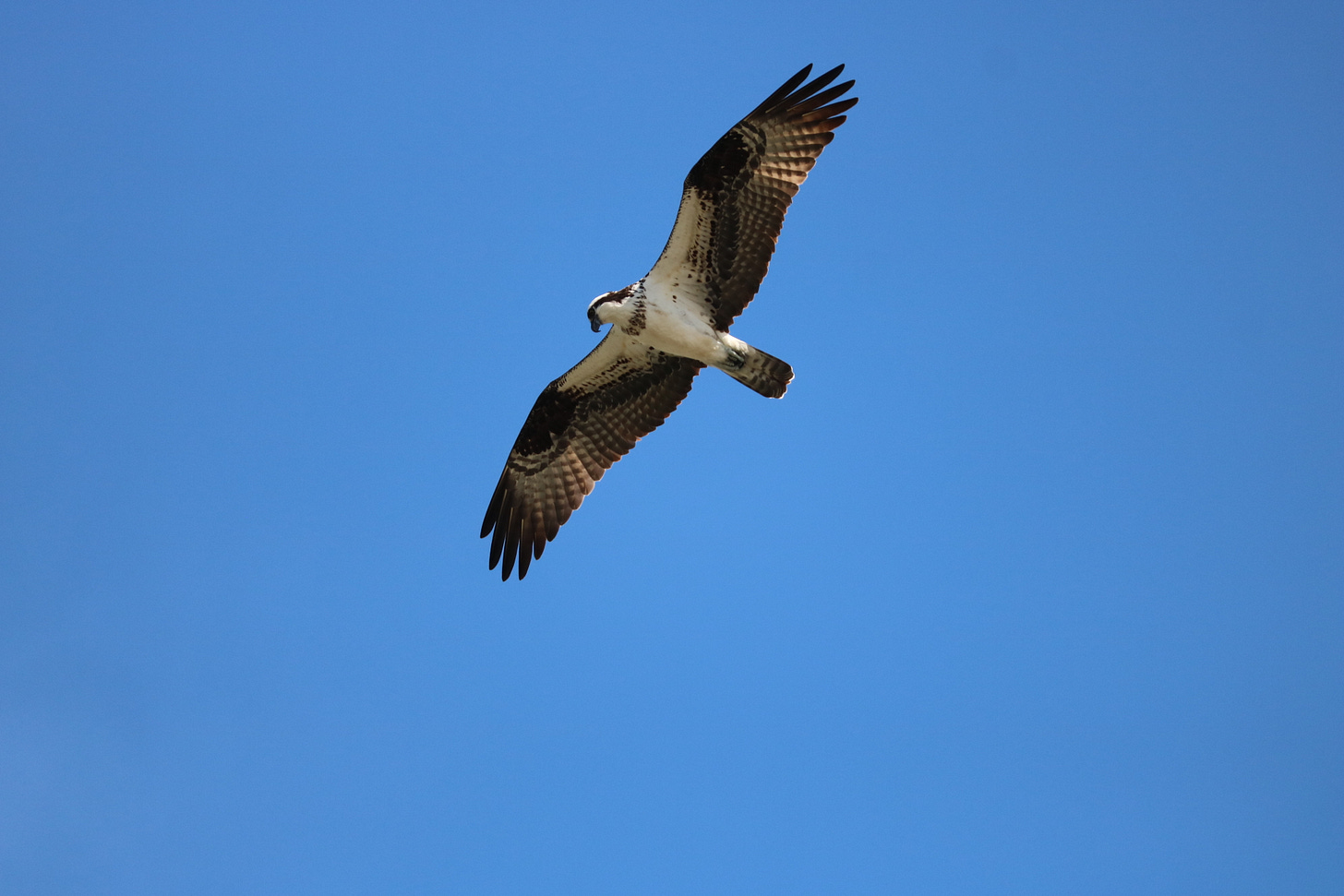This is the third of four articles in a series on diversity among nature writers. If you missed the other two, you might want to look at the piece on Margaret Renkl and the one on Marilou Awiakta.
Any list of southern nature writers must include J. Drew Lanham, deer hunter, bird watcher, naturalist, and distinguished professor at Clemson University. He is perhaps America’s best-known Black birdwatcher. Lanham authored the award-winning memoir, The Home Place and a book of poems titled Sparrow Envy. His biography appears on the website of the National Audubon Society.
Another official biography appears on the website of Clemson University. It includes a list of peer-reviewed publications.
Dr. Lanham's article "Forever Gone" appeared in Orion Magazine and made his concern for bird conservation personal. It was a lament for the Carolina Parakeet.
In Audubon magazine, Lanham wrote a passionate essay about John James Audubon. By doing so, he may have trod on sacred ground. The magazine and the organization are named for Audubon, the celebrated ornithologist and artist. Audubon was born in Haiti and was once believed to have some black heritage. This made him a possible hero of black birdwatchers like Lanham, but Audubon, the man, has become problematic with the revelation that he bought and sold enslaved people.
Lanham’s book of poems, Sparrow Envy, celebrates the outdoor world. The book is available from the publisher, the Hub City Writers Project.
In the poem "September Song," he refers to the coyote as the "song dog." Writing in "Migration," he expresses a hope for a bird, "it's my hope/that neither cat/nor glass/ will spell your odyssey's end."
"On Timberdoodle Time" is his homage to the woodcock, a bird famous for its courtship ritual, which consists of strutting and flights ending in earthbound plummets, wings whistling. It is a story of a pursuit interrupted, including the line, "In the quest called hunting, there is more to gather than venison." Seeking deer, he found birds and was delighted with the find.
Lanham best revealed his perspective through Bohicket Road Ramble and the final poem, "9 Rules for the Black Birdwatcher." "Bohicket Road Ramble" takes place on John's Island, a traditional Gullah homeland. The reader is confronted with gentrification and development described in ways only possible for someone familiar with the land and the people.
In "9 Rules for the Black Birdwatcher," Dr. Lanham presents the grim reality of racism with a dose of humor that brings it home more effectively than any anger or sadness could have. He urges fellow Black birdwatchers to carry three forms of identification "…to convince the cops, FBI, Homeland Security, and the flashlight-toting security guard that you're not a terrorist or an escaped convict." He wrote this poem for Orion magazine, and it went viral as a YouTube video.
In The Home Place: Memoirs of a Colored Man's Love Affair with Nature, Lanham said, "In me, there is the red of miry clay, the brown of spring floods, the gold of ripening tobacco. I am, in the deepest sense, colored." Milkweed Editions is the publisher. More information appears on their web page.
Dr. Lanham has created a compelling narrative of life close to the land. His parents were teachers and farmers in the South Carolina Piedmont region. This book could be a manifesto for diversity in birdwatching, nature appreciation, environmental awareness, and the sciences, but it is far more than that. Lanham's love of the land shines through the pages.
He describes himself, his brother, and his sisters in the chapter “A field guide to the Four.” Another chapter reveals a lesson learned when he receives a BB gun on his birthday. Yet another is the story of his fascination with flight, in which he describes himself as a little brown Icarus.
Speaking of his education, Lanham relates the story of how he was advised to pursue a lucrative career in engineering but instead decided to take a degree in wildlife ecology. He continues the story through graduation, marriage, teaching, and advanced degrees. The story of the birth and growth of his children presents him as a family man.
In the end, the story returns to the homeplace, an inheritance from his grandfather, divided among siblings, aunts, and uncles, and leaving him with the house and a few acres. He speaks of greed as the enemy of landscapes and his hope for preserving a closer relationship with the land.
Perhaps the most significant chapter in the book is titled “Birding While Black.” The Quick Center for the Arts in Connecticut produced a video with him telling the story of birds and his life as a birdwatcher. The video has the same title, Birding While Black.




